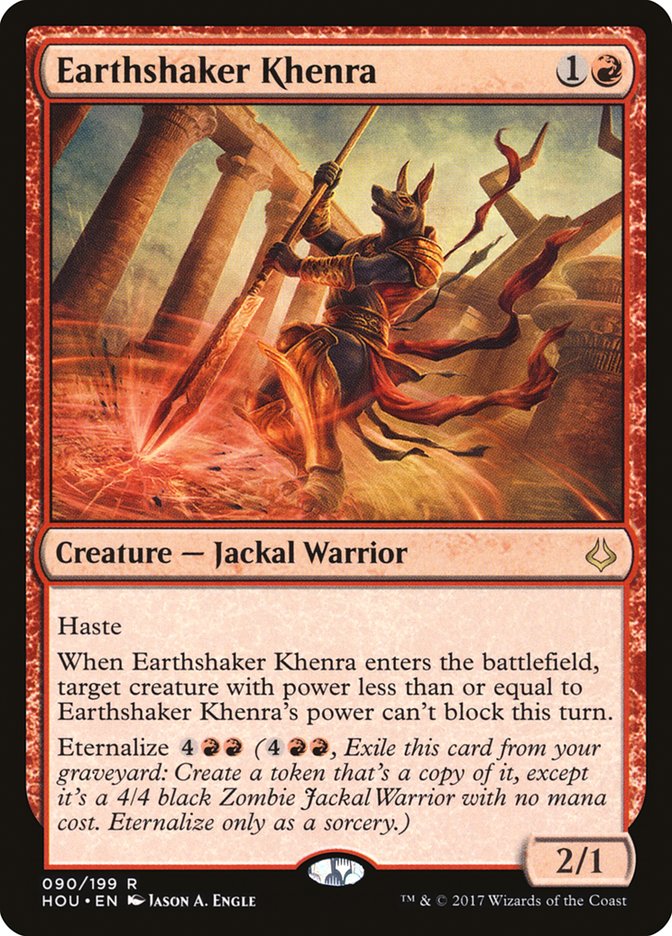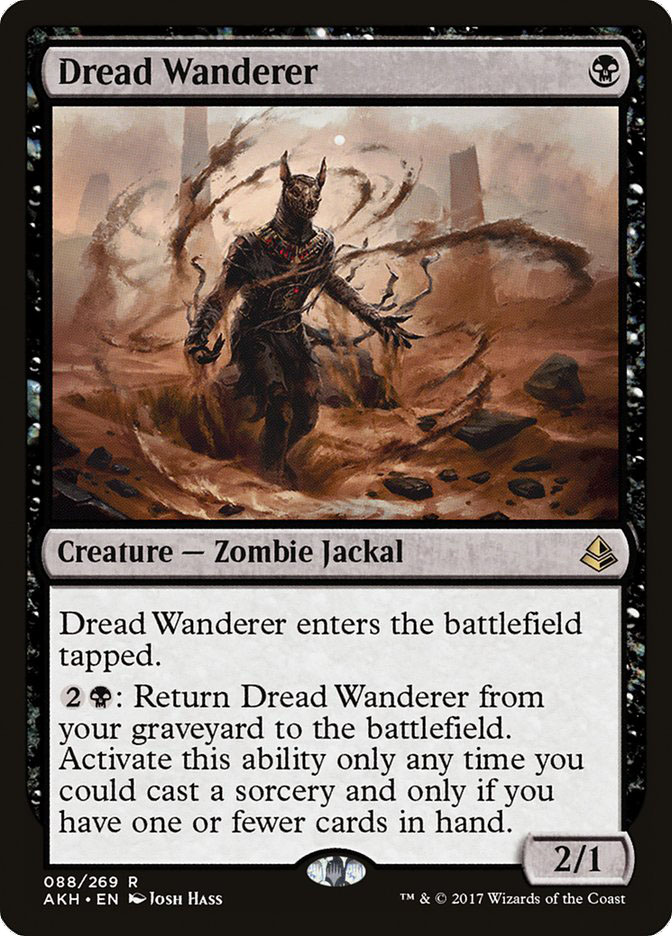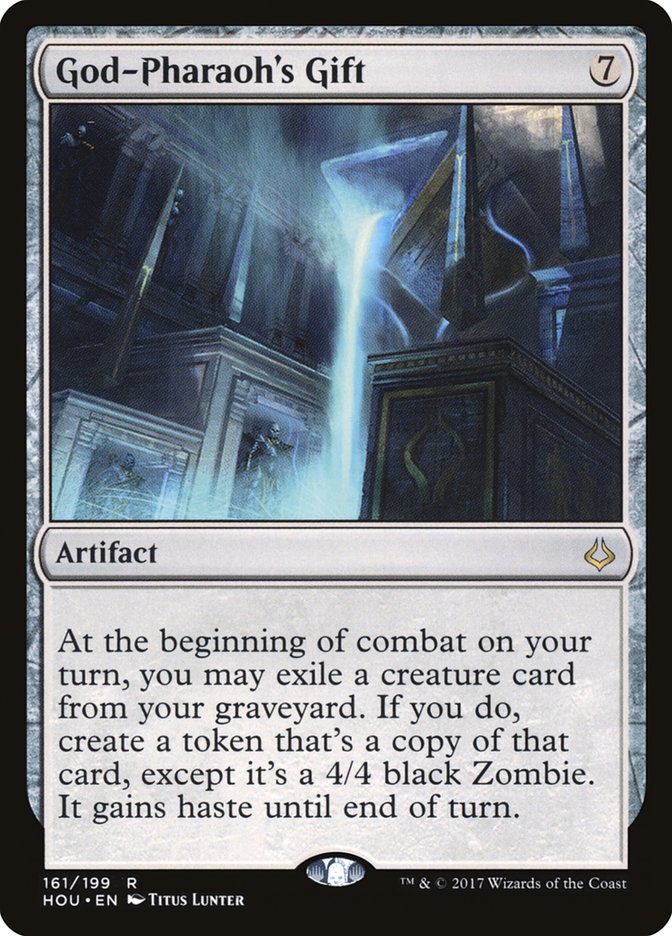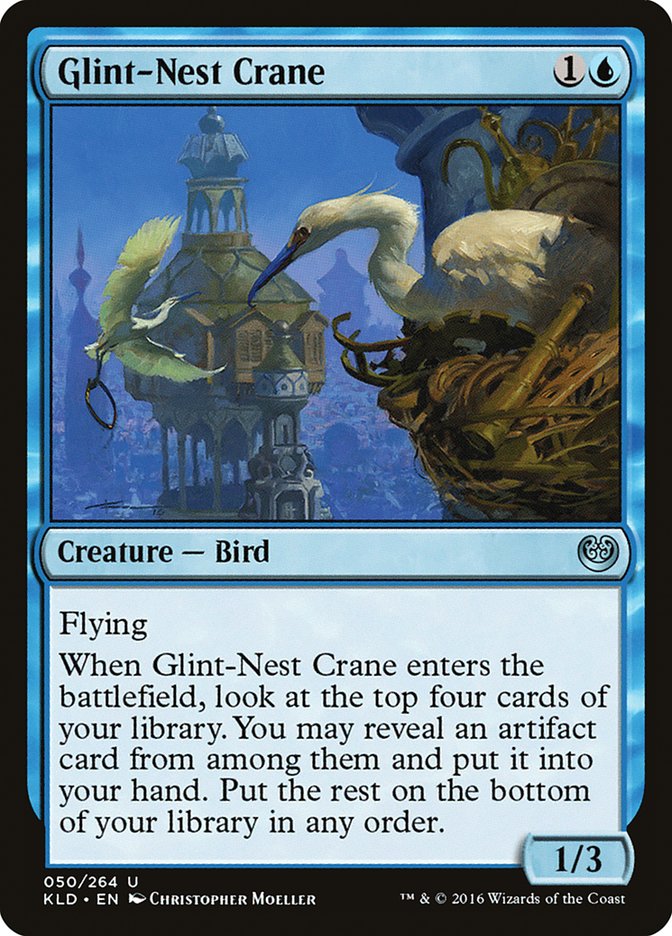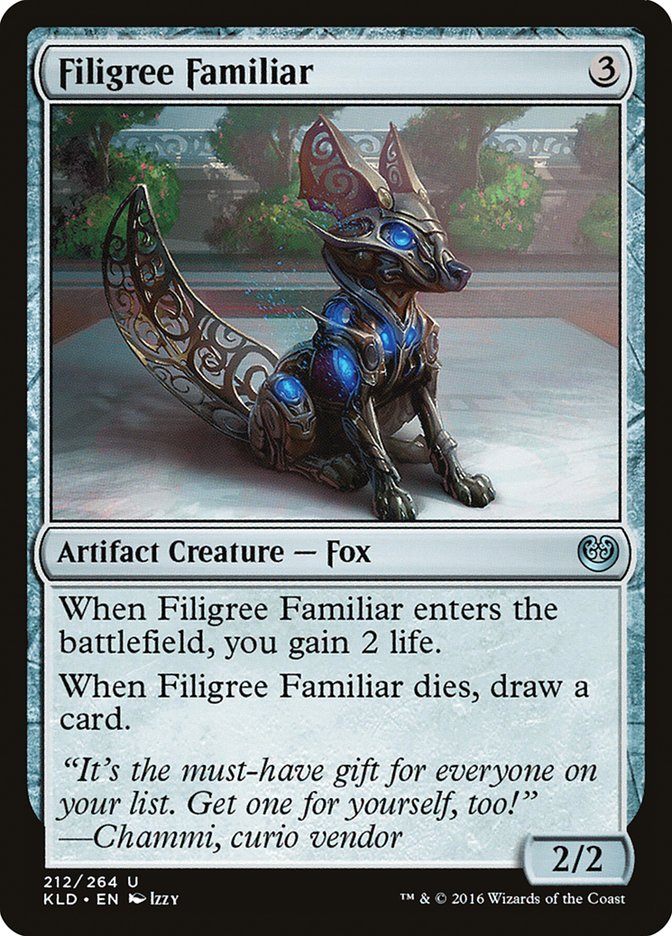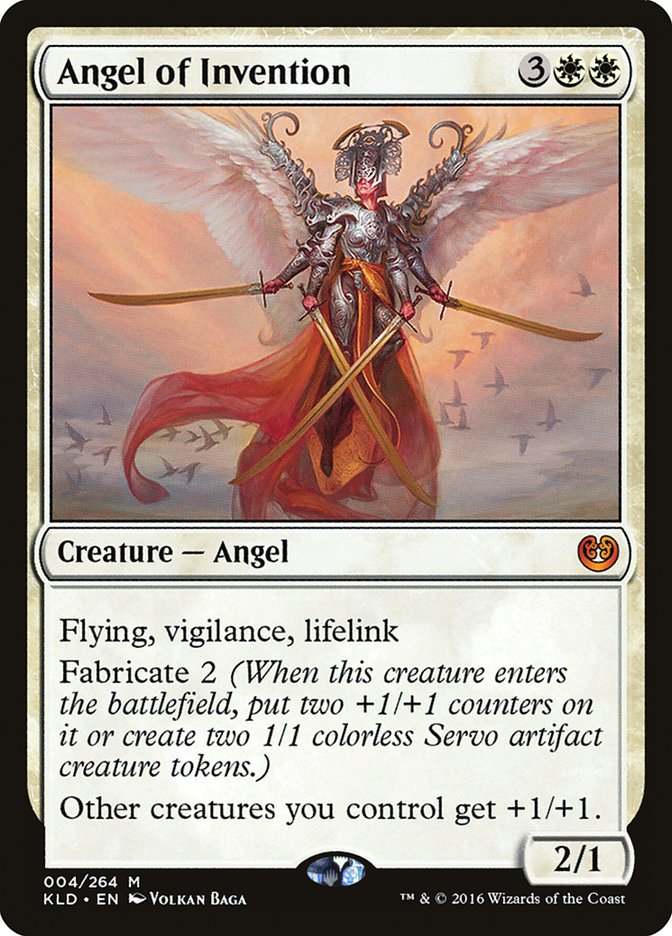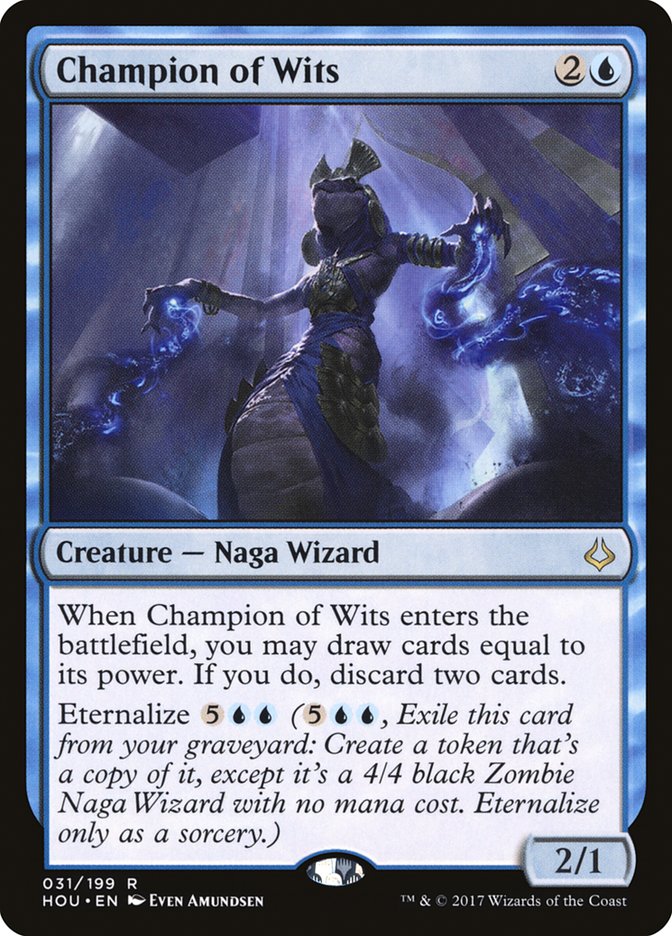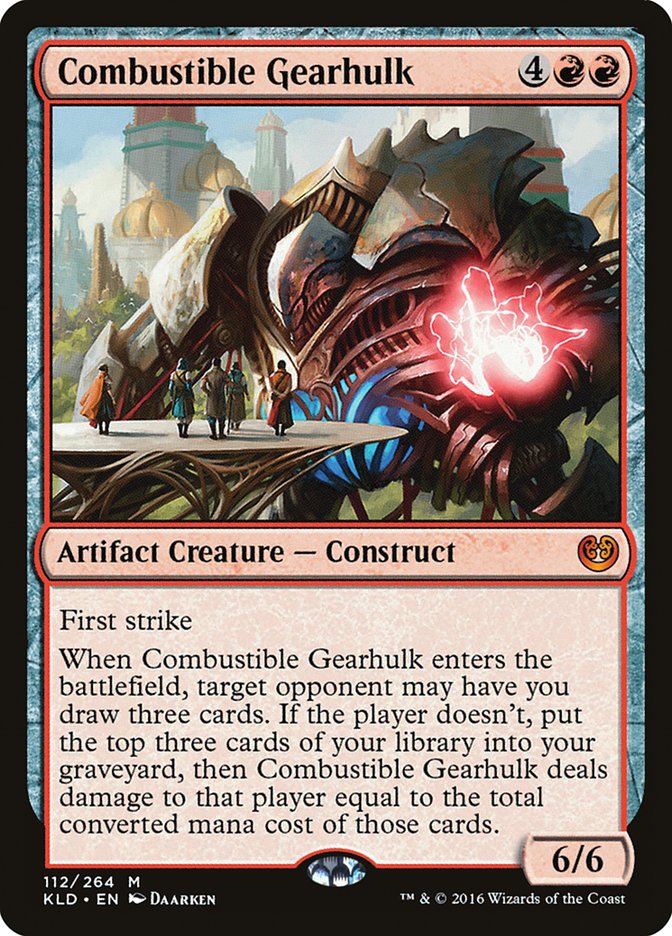This makes another week where my main focus isn’t on an upcoming SCG Open. While the Tour has taken a turn toward the Modern format, many of you are like me, preparing for the upcoming RPTQs over the next couple of weeks, and that means Standard!
Hour of Devastation has certainly proven to turn Standard from Magic’s most dreaded format to play to a literal paradise of new decks and archetypes. If people were less concerned with cards rotating and many of us also being sick of cards that have seemingly been legal forever (ahem, Gideon, Ally of Zendikar), and we were somehow able to freeze frame this format and play it out for a few more months, I think we’d have one of the best Standard formats of all time.
Of course, ever since the Pro Tour, the threat of Ramunap Red has been omnipresent on everyone’s mind, but the weeks thereafter have showcased a very different story that players of all styles can appreciate. Here’s a short list of decks that I believe are viable in the format that I wouldn’t be surprised to sit across from in any given Standard tournament:
Ramunap Red
Mono-Black Zombies
Temur Energy
Temur Delirium
Mardu Vehicles
U/R Control
Grixis Control
U/W Approach
G/B Energy
G/B Delirium
U/B Reanimator
G/R Ramp
G/R Pummeler
Mono-White Eldrazi
Mono-Black Eldrazi
Ramunap Red Eldrazi
U/R Mill
Sultai Delirium
Sultai Emerge
U/R Emerge
B/R Control
These are in no particular order other than whence they came to mind for the record. By my count, that’s 23 different decks! Granted, some of them are only slightly different from one another, but that’s the beauty of the format. With such a vast card pool, there are countless ways to customize the exact deck you’re playing even within the same general strategy. Certainly some decks might be more viable and considered “Tier 1” by many people’s standards, but all that means is that there are decks with targets on their heads where others might be poised to break into an unsuspecting metagame.
It’s no secret that I’ve been a fan of God-Pharaoh’s Gift ever since the first iterations of it popped up just before the Pro Tour. While we’re still living in a world where Abrade is a highly played card and that certainly puts a damper on any deck looking to revolve around such a powerful high-cost artifact, I don’t think that it’s enough to completely push it out of consideration for me. The past few weeks have had me super-high on cheating God-Pharaoh’s Gift onto the battlefield via Refurbish and eschewing the more straightforward Gate to the Afterlife. A few recent innovations might have me rethinking how the deck should be constructed.
Creatures (30)
- 4 Insolent Neonate
- 2 Filigree Familiar
- 4 Angel of Invention
- 4 Glint-Nest Crane
- 4 Minister of Inquiries
- 4 Walking Ballista
- 4 Champion of Wits
- 4 Hollow One
Lands (9)
Spells (21)
Sideboard

Now this is a Gate to the Afterlife deck!
Previously, U/W versions of this deck lacked early-game interaction, which usually made it a severe dog to aggressive starts from Ramunap Red and weak to standalone cards that took over games such as Cryptbreaker. With the inclusion of Glint-Nest Crane, it can find some of the sixteen artifacts this deck gets to play, including Walking Ballista, a card that’s proven its worth in multiple formats tenfold since its printing only earlier this year. Glint-Nest Crane can also help us find our key card Gate to the Afterlife in a similar way a card like Trophy Mage can, while slotting in much better on our mana curve and being a better blocker against the aggressive decks with that third point of toughness.
I’ve expressed my distaste for Gate to the Afterlife before, and in the specific variations of God-Pharaoh’s Gift decks I had tried prior, I stand by that resentment; however, Walking Ballista is probably the key to making that card go from mediocre to all-star! It seems strange, but often, casting it for zero just to get a Gate to the Afterlife trigger is well worth the card, since the earlier you get the Gift onto the battlefield, the sooner you are to snowball an advantage that no deck can keep up with!
A common play pattern has been casting either an Insolent Neonate or Minister of Inquiries turn 1, maybe a random two-drop or even nothing on turn 2, followed up by a Gate to the Afterlife with maybe one or two creatures in your graveyard. Then, turn 4, using a Cathartic Reunion, pitching two creatures, playing a fourth land, and then casting a Walking Ballista for zero, getting to loot, turning on the Gate to the Afterlife, and getting a God-Pharaoh’s Gift that same turn. Not to mention any Hollowed Ones you’ve managed to hold onto are now free, since you’ve discarded three cards along the way. It’s powerful stuff and wildly more consistent than I expected when I first tired it.
This version of the God-Pharaoh’s Gift deck also gets to run a much lower land count, since a lot of the deck can filter through itself with all the looting the deck gets to do. In games where your opponent is trying to grind you out, you’re likely going to have a lot more spells going late than they are.
Filigree Familiar was heralded as the second coming of Kitchen Finks when it was first previewed. With cards like Smuggler’s Copter and recursive threats like Scrapheap Scrounger also printed in the same set, casting an overcosted 2/2 creature that couldn’t profitably tussle with the format’s premier threats was a non-starter. However, we’re now living in a world where roadblocks can actually have some benefit, helping fight Ramunap Red while retaining some value against removal-based decks.
The main reason for the inclusion of Filigree Familiar is to keep the artifact count high enough for the real anti-red star Glint-Nest Crane to have additional hits in the deck. I experimented with a heavy hitter such as Combustible Gearhulk that both was an artifact and had a passable enters-the-battlefield ability, but I found myself in situations with God-Pharaoh’s Gift on the battlefield where I chose to return Champion of Wits over the red Gearhulk almost every time. I think that speaks to the power level of Champion of Wits rather than the weakness of Combustible Gearhulk, but either way, Filigree Familiar seemed to fit the bill just a bit better.
I’ve been a long proponent of only having cards in your deck that are castable, since it’s valuable to have a backup plan if your God-Pharaoh’s Gift is removed from your deck with a card like Dispossess. That being said, of all the cards in the format that combat and invalidate the most number of decks in the format, I’ve found Angel of Invention to be the best.
I think it’s safe to say that Ramunap Red, Zombies and G/B variants are the most popular decks in the format at the moment. Fatal Push, Grasp of Darkness, Abrade, Glorybinger, and Chandra, Torch of Defiance are the most prominent ways to remove creatures. Of all of those, the only one that can kill an Angel of Invention by itself is Grasp of Darkness if timed appropriately. Even if the opponent has the Grasp of Darkness, you still get the two Servos Angel of Invention generates.
Getting back to the point, very little in the format can actually deal with a 6/6 flying, lifelink, vigilance, haste creature, making Angel of Invention the best reanimation target for God-Pharaoh’s Gift decks, even if you can’t cast it.
The sideboard gives the deck access to an entirely different approach of actually being able to deal with problematic creatures. Glorybringer and Chandra, Torch of Defiance are a dynamic duo I think we’re going to just have to get used to seeing until they print some dino-sized efficient creatures with five or more toughness. They’re in our sideboard to give the deck an additional angle of attack, letting us play a fair game if people over-sideboard for God-Pharaoh’s Gift. Nothing is more satisfying than having your opponent doing nothing on turn 1 or 2, thinking they’ve got the game locked up by casting a card such as Dispossess on turn 3, and then you reveal a hand containing Chandra, Torch of Defiance they have no answer to.
Chaos Maw was in older versions of this deck, doing its best Cataclysmic Gearhulk impression by cleaning up random go-wide creature decks. Selfless Spirit used to give this card fits when trying to clean up the battlefield, but since we have Walking Ballista to deal with a card like that, Chaos Maw becomes a lot more appealing of an option.
If my RPTQ were tomorrow, I’d be playing the U/R God-Pharaoh’s Gift deck. It’s a ton of fun, and incredibly powerful.
But the RPTQ isn’t tomorrow, is it? SCG Richmond is, though, and despite me likely not being in attendance, I’ve given the format a lot of consideration and come to conclusions as to how to fight such a wide format.
Creatures (15)
Planeswalkers (3)
Lands (21)
Spells (21)

Taking a page right out of fellow Golgari mage Sol Malka’s playbook and sticking to just two colors here, we arrive at what used to be known as The Rock! I’ve always strived to play as few colors as possible in any Constructed format because, despite how good the mana may be even in a format like Modern, there’s always a price to pay. This deck is really made possible by the existence of Fatal Push, allowing this “Jund” deck to not have to splash for a one-mana removal spell.
The biggest addition that I’ve made to a deck like this is the often-forgotten removal spell Victim of Night. Why is this card suddenly so good? I’d like to direct you to my friend Todd Stevens for that question. He’s proven time and time again that the Eldrazi of Zendikar really are the monsters we’ve all come to fear. With last week’s Open coming to an end with a mirror match of Eldrazi Tron in the finals, it’s a deck you’ve got to take seriously when it comes to deck design.
Victim of Night kills all of the tricky creatures out of Eldrazi Tron and almost all the threats from Grixis Death’s Shadow, with the only exception being everyone’s favorite Zombie Fish, Gurmag Angler. Many games do just come down to having the right answers for the right threats, and Victim of Night is about the best it’s ever been as far as answering things in Modern.
A card that might feel a bit out of place is Tireless Tracker. This is a concession to the fact that Snapcaster Mage and Kolaghan’s Command are incredible card advantage cards out of Grixis Death’s Shadow. Tireless Tracker in conjunction with fetchlands isn’t something that’s ever graced the forefront of Standard, and I think we should be kind of glad about that, because the amount of advantage you can gain from just a single Tireless Tracker can be too much for most any deck to handle.
And then there are these heavy hitters. Of course, any kind of G/B grindy/midrange deck can and probably should contain these three cards, as they’re the kings and queens of the aggro/control game. I don’t think they need much of an introduction and don’t think anyone could possibly question their inclusion in a deck like this.
We’ve seen this guy do all kinds of dirty things in Standard and it’s no surprise to see it in Modern. It shuts any kind of recursive graveyard shenanigans like Voice of Resurgance, Kitchen Finks, Bloodghast, Prized Amalgam, Vengevine, and many, many more! Also, the life swing can literally turn the tide of a game when people still decide to sleeve up cards like Lava Spike. Overall, I’m at a loss as to why we haven’t seen more of it in Modern thus far and think deserves some more recognition.
While I am disheartened I won’t be able to play this deck at SCG Richmond this weekend, I would highly recommend it to anyone who’s interested in this strategy, as its matchups across the board are fairly even. I’d wager many of the opponents you’ll face are likely to be gunning for what I’d consider to be the three most dominant decks of the format in Affinity, Eldrazi Tron, and Grixis Death’s Shadow, perhaps leaving a window for this archetype to prove once again why it never dies!
As for Standard, I’ve got a week to go before I have to choose what deck I’ll be playing to get myself back on the Pro Tour. Will it be God-Pharaoh’s Gift redeeming itself for its overall poor performance at the Pro Tour? Or should I return to my roots and give Grim Flayer and company their last hurrah before they leave the Standard stage forever?


